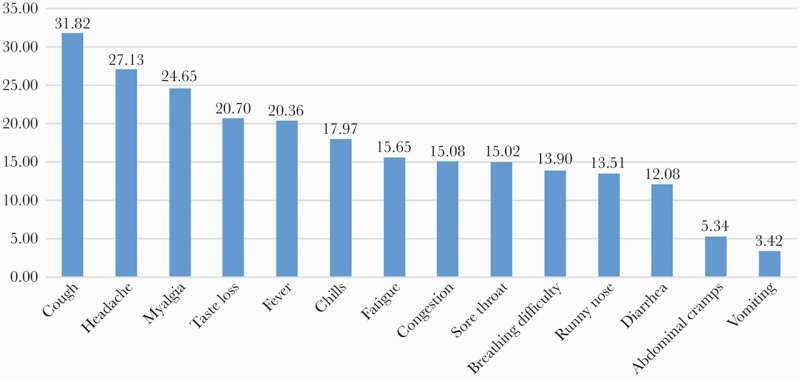Researchers paint picture of COVID-19 severity and outcomes in South Carolina

The first statewide population-based study of COVID-19 symptoms and clinical outcomes has found disparities across different groups, particularly by race/ethnicity and geographic location (rural vs urban). Older adults, males and Black individuals were more likely to experience hospitalization and death, with rural residents facing a particularly high risk of death. Compared to White individuals, Hispanic/Latino patients were more likely to have moderate/severe symptoms while Asian patients were less likely.
“These findings reinforce the fact that rural residence and racial/ethnic social determinants of health, unfortunately, remain predictors of adverse health outcomes for COVID-19 patients,” says health promotion, education, and behavior professor Xiaoming Li, SmartState Endowed Chair for Clinical Translational Research at the Center for Healthcare Quality and co-principal investigator for the UofSC Big Data Health Science Center. Li led the UofSC team that conducted the study in collaboration with South Carolina Department of Health and Environment Control.
Since the pandemic began in early 2020, South Carolina has experienced some of the highest rates of infection and death in the United States. Predominantly rural with significant healthcare shortages, the state has held some of the worst rankings and trends in the country. As of October 19, 2021, there have been nearly 890K cases and more than 13K deaths related to COVID-19 and only 49 percent of the eligible population (ages 12 and up) has been fully vaccinated.
Previous research on the severity of illness caused by COVID-19 has painted an incomplete picture of the true trends taking place in South Carolina and across the United States, according to the authors. Shortcomings of these studies include patient samples restricted to hospitalized cases or identified from a single healthcare system (which excludes those with asymptomatic/mild illness or living outside that particular healthcare system), small sample sizes collected over brief periods, and/or limited investigations into non-hospitalized cases.
“Based on existing research, most individuals—around 40 to 45 percent—who are infected with SARS-CoV-2 are asymptomatic or experience mild to moderate symptoms, and about 14 percent and five percent of cases become severe to critical, respectively,” says health promotion, education, and behavior research assistant professor Xueying Yang, who served as the lead author of the paper. “However, due to the limitations of these studies, the data we currently have about COVID-19 illness severity and outcomes does not necessarily represent the full spectrum of the disease.”
With their study, which was the first of its kind in the United States, the researchers analyzed data on more than 280K COVID-19 cases sourced from various South Carolina healthcare facilities between March and December of 2020. This data included information on sociodemographic characteristics, symptoms/disease severity, hospitalization and mortality.
Published in Open Forum Infectious Diseases, their analysis revealed statistics that are generalizable to the state population. For example, the researchers found that more than five percent of COVID-19 patients were hospitalized and nearly two percent died. Some of their most notable findings focused on rural-urban disparities, which have been understudied and/or rarely reported in prior research.
The team found that people living in rural areas had a higher risk of death from COVID-19, but they were not hospitalized at higher rates than urban residents. One explanation points to lower access to healthcare services, including preventive therapies (e.g., monoclonal antibodies) and critical care units for severe/advanced cases. The authors also note the higher rates of chronic disease (e.g., hypertension, obesity, diabetes), which have been linked with adverse COVID-19 outcomes, in rural communities. Other findings are largely consistent with results from previous studies while offering additional insights and a more complete picture of the COVID-19 landscape.
Source: Read Full Article
